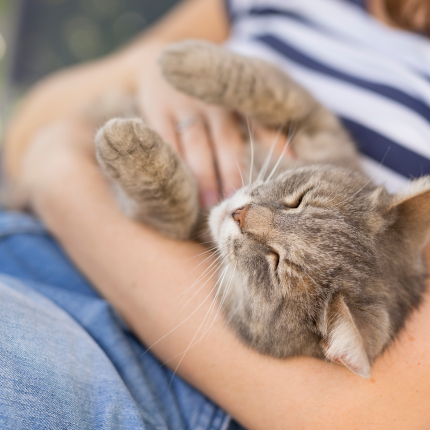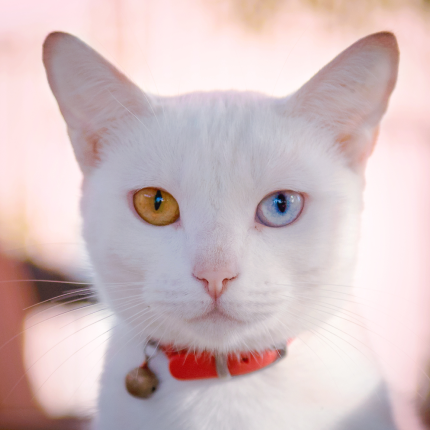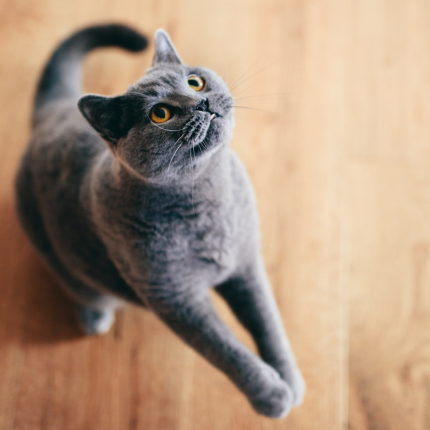Cat Purring is Weirder Than You Think

We love our cat’s sounds, but we especially love to hear her purr. However, the mechanism behind this soothing sound has recently been a subject of scientific curiosity. Recent research led by voice scientist Christian T. Herbst from the University of Vienna, published in Current Biology, has discovered purring is actually quite weird!
Cats are known for their vocalizations, and studies have also uncovered many of their sounds have been crafted to speak to humans specifically. In terms of sound production, these vocalizations originate in the cat’s larynx, much like the vocalizations of humans and many other mammals. However, the cat’s purring has always been considered unique.
Traditionally, it was believed that a cat’s purring resulted from a specialized mechanism involving the cyclical contraction and relaxation of muscles in the vocal folds within the larynx. This process required continuous neural input and control from the cat’s brain.
The recent study by Christian T. Herbst at the University of Vienna challenges this long-held belief. Controlled laboratory experiments have provided compelling evidence that domestic cats can produce their signature purring sounds without the need for these cyclical muscle contractions or constant neural input.
Instead, the observed sound production mechanism in cats resembles what humans know as “creaky voice” or “vocal fry.” This surprising discovery suggests that the traditional understanding of cat purring is incomplete.
Anatomical investigations have uncovered a distinctive ‘pad’ within a cat’s vocal folds, possibly explaining how these small creatures, weighing just a few kilograms, can consistently generate sounds at astonishingly low frequencies ranging from 20 to 30 Hz (cycles per second). To put this in perspective, these frequencies are even lower than the lowest bass sounds produced by human voices.
While this groundbreaking research doesn’t entirely disprove the previous theory, it undeniably indicates that our understanding of cat purring is far from complete. The study’s findings beckon further research into this aspect of feline behavior, inviting us to delve deeper into the secrets of our feline friends’ vocal abilities.

Featured Articles

The Odd-Eyed Cat (AKA Heterochromia)
Cats are already beautiful and fascinating creatures, but people are bound to take notice when they have something as captivating as two different colored eyes. Odd-eyed cats always have one blue eye paired with either a green, yellow, or brown eye. This form of heterochromia occurs in other animals, including…

Greebles and Cats: The Origin and the Meaning
You may have seen an internet sensation concerning cats labeled “greebles.” Feel out of the loop? We’re here to help you. In 2019, Reddit user /user/literallyatree commented on a Reddit post about a cat that looks like it’s trying to slap a ghost. This user commented: “My family calls things…

Polydactyl Cats: Just More Beans to Love
Polydactyl cats have become extremely popular in recent times. As a result, more and more people are interested in learning more about this six-toed cat and want to get one of their own. If you are a cat lover intrigued by polydactyl cats, you have come to the right place….
